The quality of your attention determines whether you are present and alert, or mentally and/or emotionally distracted.
If you're reading this article, you have the capacity to focus and sustain your attention at will; that's good. But if you just got distracted from these words, maybe by a sound in the room (the phone rang) or a physical sensation ("ouch, my back hurts"), a thought ("what's this article about?") or an emotion (curiosity, or perhaps impatience), then your attention isn't completely under your control. The good news is that its possible to train your attention and gain the associated benefits, and practicing mindfulness offers one of the most accessible and effective approaches.
So maybe you're wondering, "Why would I want to improve my attention since I work well, I'm focused when I do my hobbies or play sports, and I already enjoy my relationships?" Good question, and the answer is that using mindfulness to train attention can enhance your experience across the board. Work usually improves as mental efficiency increases, so that output gets better and tasks take less time. Your hobbies and sports will benefit since it's no secret that artists, musicians and professional athletes all prioritize enhanced concentration. And you'll feel more present in your relationships, and increasingly and more easily give the greatest gift possible, "your attention."
Now, the techniques for training attention are relatively simple, but using them requires several steps and begins with understanding the facets of attention. First, there's the aspect of attention that involves choosing to focus on a particular object rather than any other. Then, there's the degree to which you sustain your focus on that particular object, despite distractions. There's also the ability to recognize if/when your attention wanders or dulls, in order to refocus as necessary.
Attention is what allows you to focus your mind's eye (like training binoculars on a bird) and awareness is what allows you to observe the quality of your attention (so you notice when the bird isn't in view anymore). Put simply, attention and awareness are two sides of the same coin: Attention functions with precision like a laser, while awareness watches where the laser goes.
There's an ever-expanding body of research that supports the efficacy of training attention, and much of the most exciting data concerns practicing mental techniques associated with mindfulness. In this context, mindfulness refers to a secular approach for paying attention to what's happening here and now.
One option is to begin with the "pause," an introductory mindfulness practice. The pause works by providing an opportunity to focus your attention purposefully on a discrete task (in this case, a single, full breath), observe whether you can maintain focus on that breath, and recognize should you become distracted so you refocus as necessary. Pausing doesn't need to take a long time, maybe just a few second at first, but it works best if you do interval training and employ frequent repetition of brief practice sets throughout your day. The directions are very simple:
- Focus on taking a single, full, breath.
- Observe (notice if you lose focus on that single, full breath).
- Refocus, if needed.
The idea is to use the pause to bring your attention back into the present moment in the midst of daily experience. This is an active, mentally alert experience and the opposite of zoning out or daydreaming. In fact, mindful pausing is protective against spacing out because it trains your mind to focus sharply in the present and watch for distraction.
Pausing is an introductory mindfulness practice, but it offers a feasible and practical technique with which to start. Over time, training attention and awareness enhance cognitive functioning and contribute to the conditions that support emotional balance and ease in life. Mindfulness is about developing and applying the skills that support alert, observant experience; with regular practice its benefits can begin now and accrue over time.
For more by Deborah Schoeberlein, click here.
For more on the mind, click here.